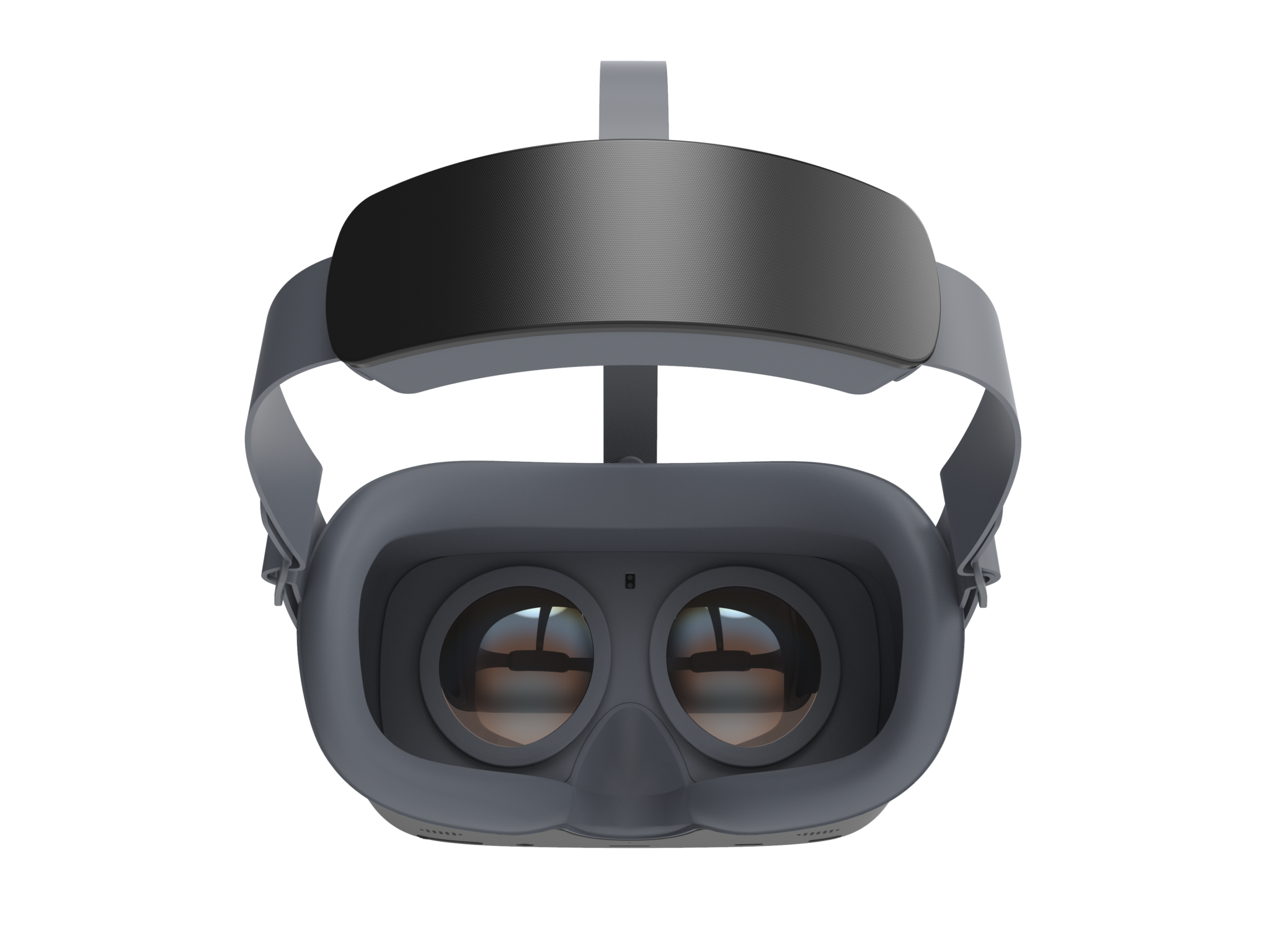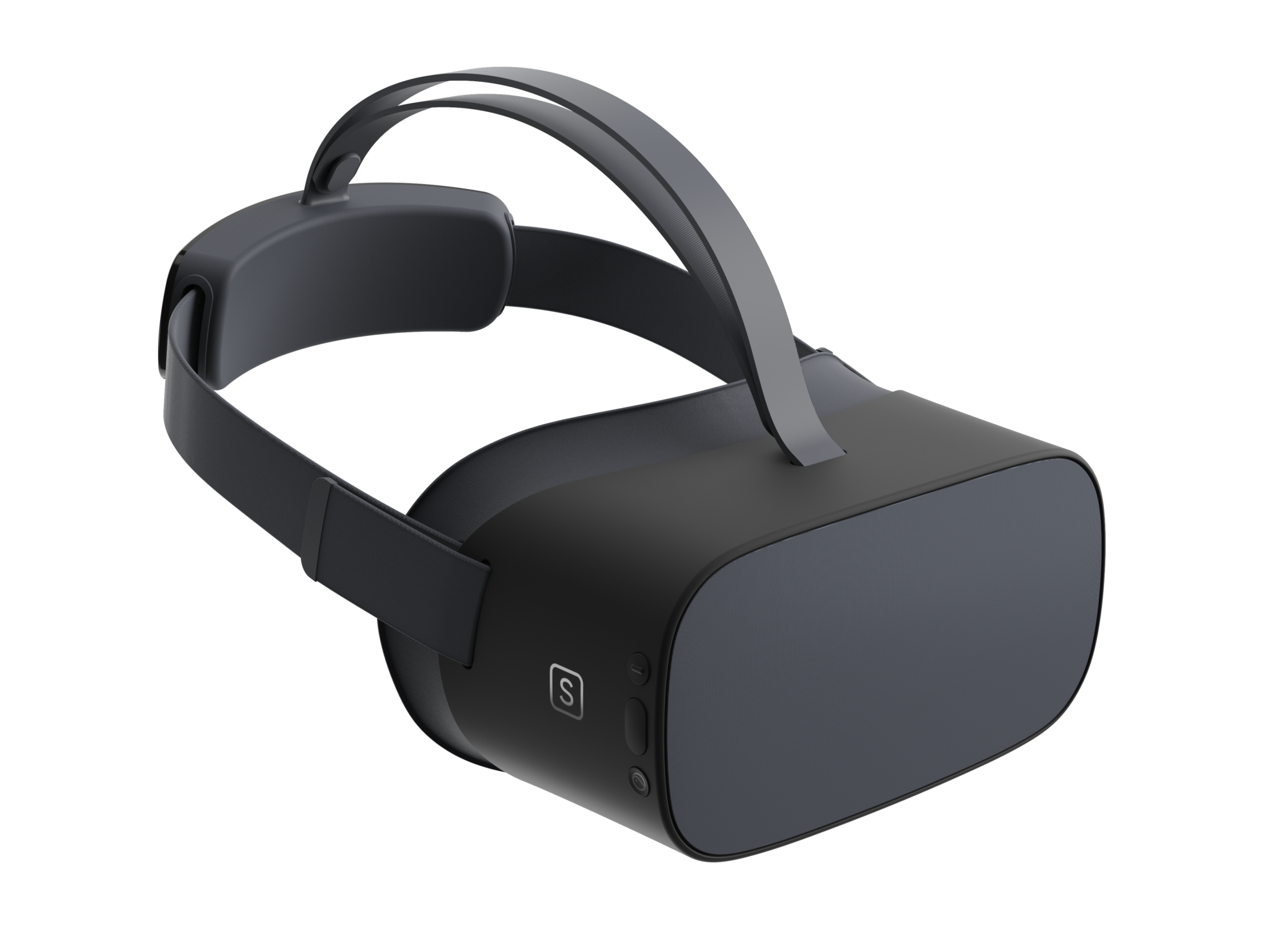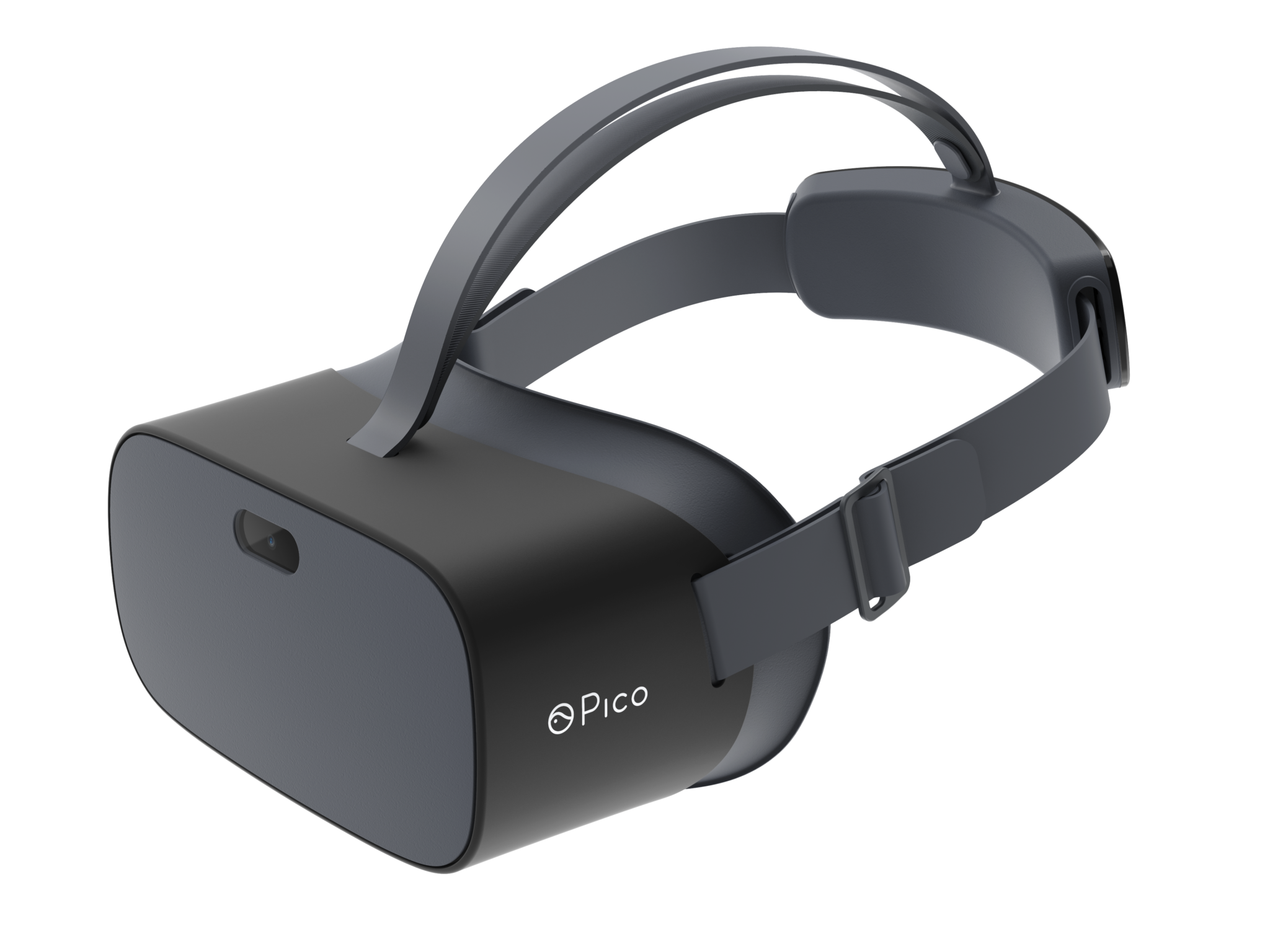
July 14, 2020 – Pico Interactive, a developer of virtual reality (VR) and enterprise solutions, has today announced the addition of two new VR headsets to its Pico G2 4K line – the G2 4K S and G2 4K Enterprise. The company stated that new headsets are a result of customer demand for more memory space and improved battery life.
Pico’s line of G2 4K headsets feature a high resolution, balanced weight distribution and flexible architecture, and are best suited for businesses that are looking for a Three Degrees of Freedom (3DoF) VR solution. Since Oculus recently announced that it will be discontinuing its Oculus Go 3DoF offering, Pico’s G2 4K product line is now likely going to be even more appealing for businesses and users that do not want to invest in a full Six Degrees of Freedom (6DoF) solution.
With 3DoF as a major selling point, the two new headsets also expand on features from existing Pico G2 4K products, including 4K resolution, a 101° field of view, and the utilization of Qualcomm’s Snapdragon 835 Mobile VR Platform.
Pico G2 4K S
The Pico G2 4K S is the newest member of the G2 4K series, offering increased storage at 128GB and a 20% larger battery. In addition to a longer battery life, which the company claims is roughly 2 to 5 hours, the battery is also serviceable to extend the life of the product by years.

“At Pico, we’re always innovating, evolving and seeking out feedback to improve our products,” said Henry Zhou, CEO of Pico Interactive. “As other companies have decided to discontinue sales of 3DoF products that are still valued by the enterprise, we listened to their [consumers’] needs and are proud to continue to offer 3DoF solutions – along with our 6DoF Neo 2 line. Businesses of all sizes looking for an immersive 4K experience have been relying on our G2 4K headset since its creation, and we’ve utilized feedback over the past year to create two upgraded headsets that we believe meets the needs of the most demanding of customers.”
Pico G2 4K Enterprise
The Pico G2 4K Enterprise is based on the original G2 4K headset and is now updated with a 16 megapixel single RGB camera and 128GB storage, allowing for more applications to be downloaded onto the headset and for more robust programs to be created. In addition to the 128GB of storage, the G2 4K Enterprise also comes with an SD card slot, allowing users to further increase the storage capacity of the device.

The COVID-19 pandemic has also presented a need for the increased sanitation of products. As a result, Pico has updated the headset with an easy-to-clean polyurethane material. The G2 4K Enterprise is now Pico’s most advanced 3DoF head-mounted display (HMD) and provides the highest standard of sanitation for multi-user training and use of the device, according to the company.
Pico added that its new headset was developed after continuous discussions with the team at NuEyes, as they were looking for an improved camera and increased storage to better serve customers with visual impairments.
“At NuEyes, we are extremely passionate about helping the visually impaired in their daily lives by utilizing smart glass technology. As we looked at various hardware partnerships in 2017 for our next iteration of product lines, Pico Interactive impressed us the most,” said Mark Greget, Founder and CEO of NuEyes. “With thousands of consumers wearing our device for hours on end, we have been able to gather valuable consumer feedback. Based on that input, as well as once again partnering with the great team at Pico interactive, we are happy to release a newer product for the visually impaired.”
The Pico G2 4K S is available now and can be purchased for USD $375. The G2 4K Enterprise will be available in Q3 2020 and will retail for USD $449. As Pico focuses on enterprise, these headsets are sold direct to companies via a dedicated sales team spread across the globe. For more information on Pico Interactive, visit the company’s website.
Image credit: Pico
About the author
Sam is the Founder and Managing Editor of Auganix. With a background in research and report writing, he has been covering XR industry news for the past seven years.
